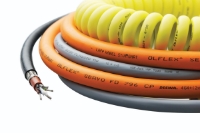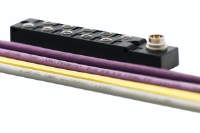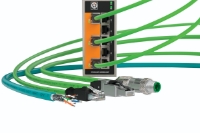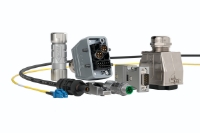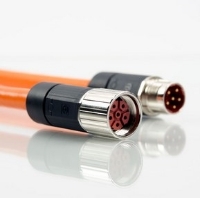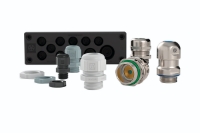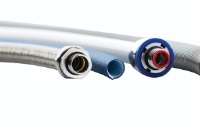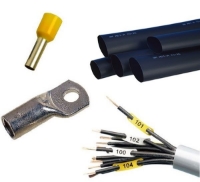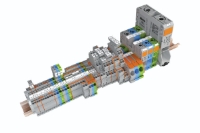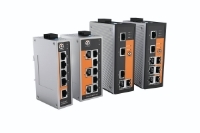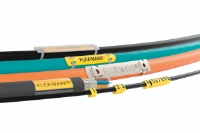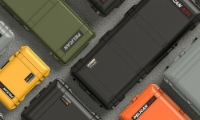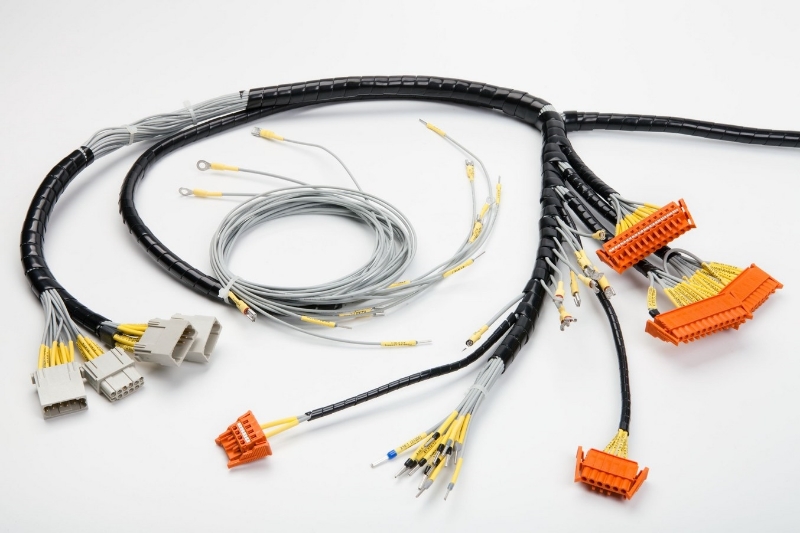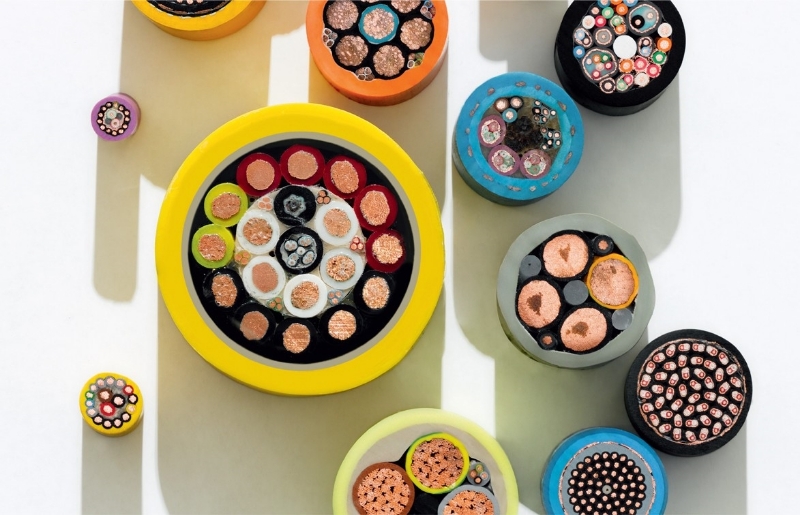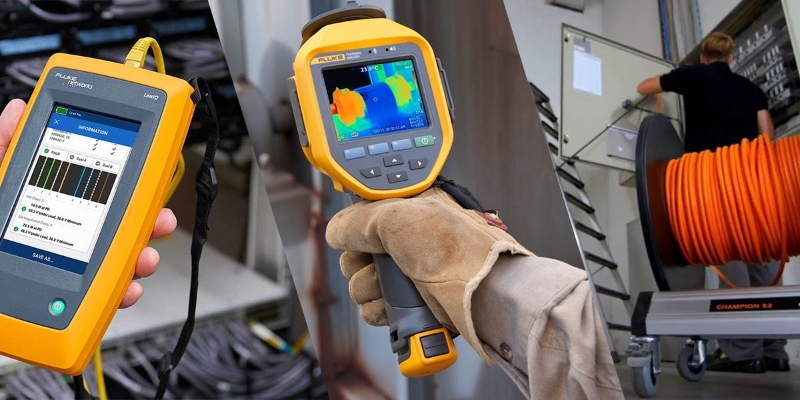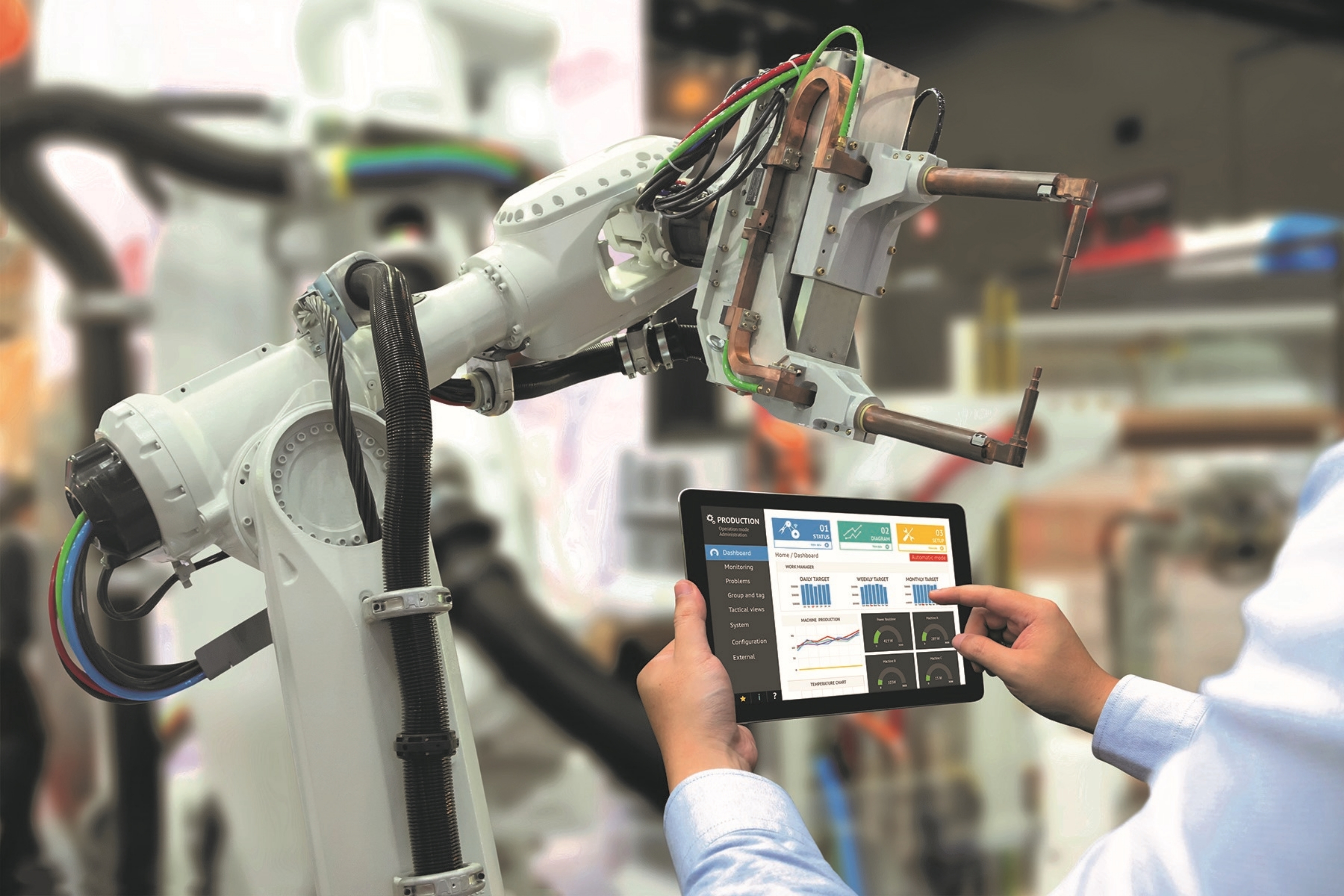Industry throughout Australia and New Zealand can gain huge efficiency, quality and safety advantages from emerging trends in digitalisation and automation technology. In this article, Simon Pullinger*, General Manager, Lapp Australia. provides insight from the global technology leader LAPP Group on five trends providing signposts to the future.
1 - Trend towards intensified networking and miniaturisation
This means that an increasing volume of data has to be transmitted at increasingly fast speeds - something familiar in offices for years is now moving into the factories. Continuous increases in the performance of microchips is not only driving digitalisation but also - in conjunction with efforts to improve resource efficiency - is resulting in a move towards increasingly smaller and more compact products and devices.
A smartphone now has the processing power of a 1990s super computer but has a fraction of the size, energy consumption and price. This is having a big impact on industrial connection technology. Robots and other machines are becoming more compact and demanding an increasing number of data connections.
Special cable designs and technical tricks, with the insulation for example, help to save space. As a result, we are seeing increasingly frequent use of hybrid cables, which combine the power cable, data cables and even hoses for pneumatics and hydraulics in a single sheath.
Where large data volumes are being transmitted, one high-speed Cat.7 Industrial Ethernet cable can replace several slower varieties and one fibreglass cable can replace even more copper-based ones.
Connectors are also having to slim down. Circular connectors are getting leaner, and modular connector systems combine numerous contacts for different cables in a single housing.
Special materials and optimised internal cable constructions are also necessary for other reasons, as the standard cable types used in offices are simply not suitable for production environments. In those environments, the cables have to withstand lubricants, hot vapours, millions of bends and torsion.
2 - Connectors instead of direct wiring
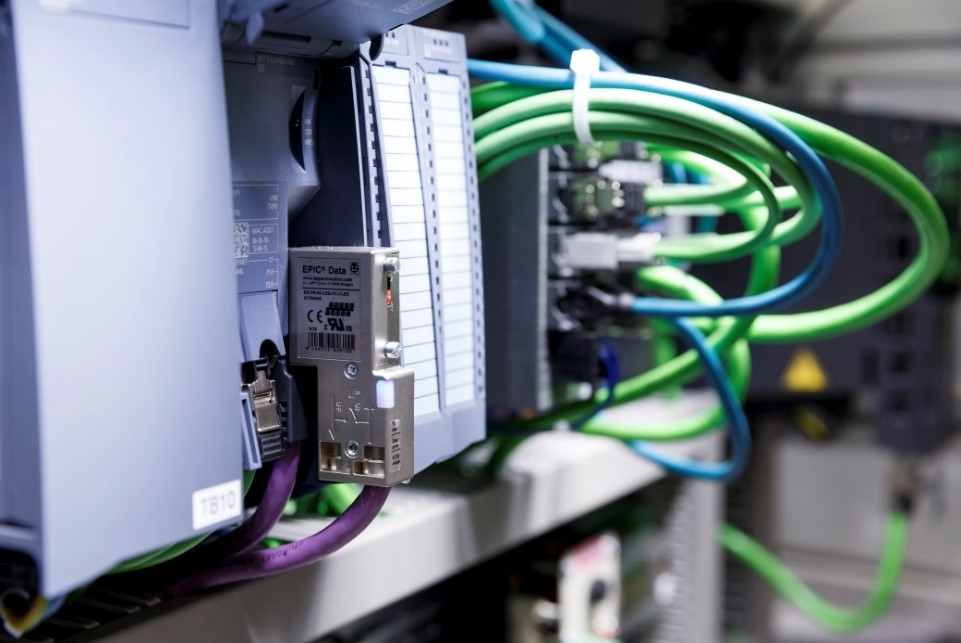
A TV set today, a vacuum cleaner tomorrow - on the same production line. Industry 4.0 means that production is becoming more modular and flexible. Individual production modules are exchanged or rearranged in next to no time. This has consequences for the connection technology.
While electrical connections were previously fixed, soldered installations that were subsequently not touched for many years, today’s flexibility calls for connectors that can be disconnected thousands of times and still create a reliable contact.
Connectors are also becoming more modular. They combine contacts for high currents - for drives for example - with Gigabit speed data connections and in some cases even with pneumatics or hydraulics. Everything is easy to configure and can be reassembled again and again, for example if a machine is upgraded.
3 - Trend towards system solutions
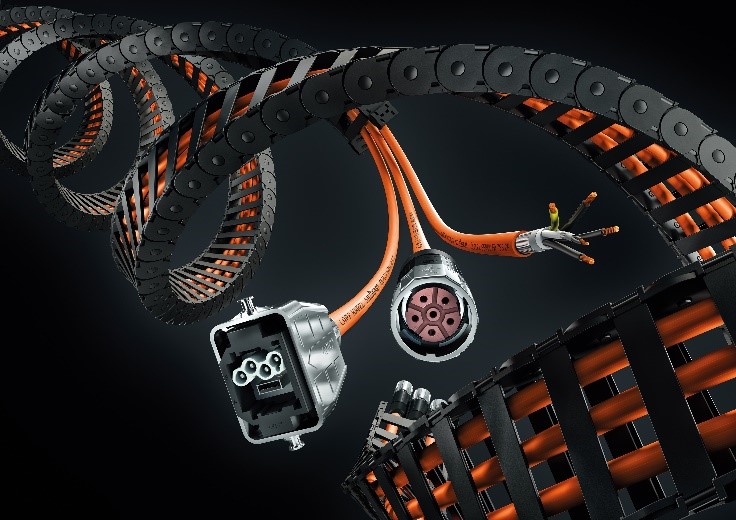
Industry 4.0, Internet of things, open innovation processes: the tasks facing machine builders are growing remorselessly. This makes it even more important for companies to concentrate on their core competences. These do not normally include assembling cables - shortening cables, attaching connectors and creating complete energy chains.
As a result, machine manufacturers are increasingly demanding tailored ready-to-use assemblies that they can easily incorporate into their machines. Ready-to-use assemblies are also more durable as the supplier guarantees the quality of the entire system, and the user does not have to worry about installation errors, such as forgotten end sleeves or damage to the insulation.
With assemblies direct from the manufacturer, customers can also benefit from expert know-how and always be sure the technology they use is top notch. The development work that manufacturers of connection systems engage in would not be economically viable for users.
Which does not mean, however, that the challenge is less significant for the manufacturers. They have to introduce efficient, ideally automated processes and must be capable of quickly delivering highly complex customised one-off solutions. This requires more than just changing priorities in the traditional quality, cost and time framework. Today’s optimum processes bring about improvements in all three dimensions.
4 - DC replacing AC
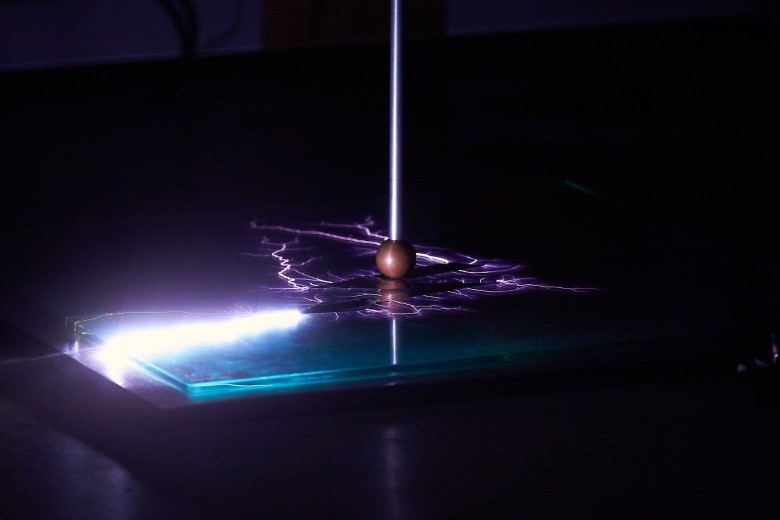
AC’s days are numbered. On the one hand, photovoltaics generates direct current, which is converted into alternating to be fed into the network and, on the other hand, an increasing number of electronic devices (TVs, computers, smartphones, LED lights etc.) demand direct current, which first has to be rectified from the AC network.
This raises the question of whether it still makes sense to use AC. The conversion involves huge energy losses - numerous power stations could be shut down if DC voltage networks were to be installed in industry and households.
Of course, bringing about the paradigm shift is not as easy as it may sound. Conventional switches and connectors are not suitable for DC voltage because the polarity of the voltage does not change and there is no arc breakage when switching off - this is hazardous. New connectors and automatic switch-off mechanisms are needed, but these issues can certainly be resolved.
There are challenges for cable manufacturers too. There are strong indications that the plastics used for insulation and cable sheaths age differently under the influence of the fields generated by direct current. Research projects are currently exploring these issues.
5 - Coexistence of cable and wireless
These days, wi-fi is almost ubiquitous in households, while wireless technology for data exchange is also gaining its adherents in factories. Wireless technology is generally cost-effective and offers great flexibility when systems are modified.

However, this does not mean that cables will no longer be used, as some people are predicting. On the contrary: advancing electrification and networking in factories will, if anything, require even more cables to guarantee the high transmission rates.
In addition, cables have the edge where data reliability and latency are important, as industrial production is based on strict cycles and information has to be reliably transmitted in the millisecond range. This is very difficult to achieve using wireless solutions without disproportionately high costs. This is because multiple wireless connections can easily interfere with and eliminate one another and can also be interrupted by moving objects such as forklift trucks. Cables are also less susceptible to malicious disturbances or hacker attacks.
As a result, there is little prospect of wireless technology pushing out cable-based systems in the future - in fact they will increasingly complement one another.

